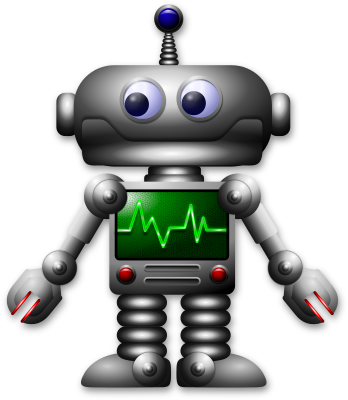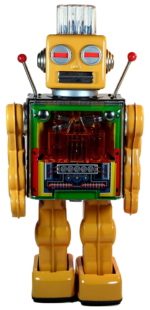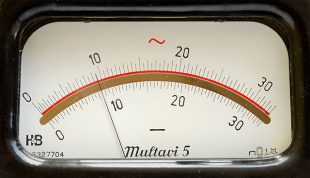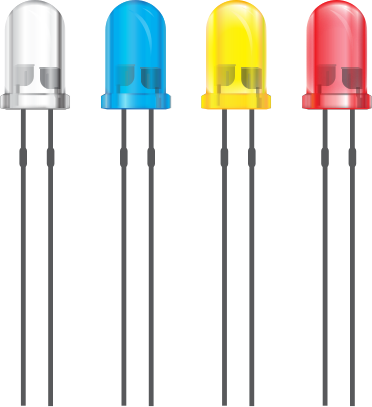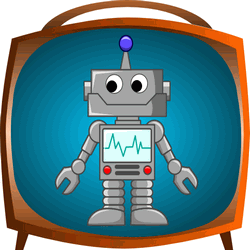Product Development Fundamentals
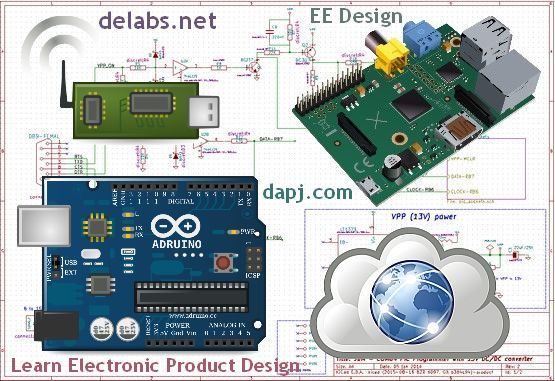
Electronic Product Design and development capability can be refined and enhanced only by practical experience. A student can learn these aspects by working in a Engineering Service Company.
Building Custom design Solutions for clients will build skills of component selection, black box specs, customer communication and prototype testing among many others.
A. Product Design Sections :
- Electronic Engineering – Circuit Design, PCB Design, EDA.
- Mechanical Engineering – CAD, Tool and Die Design, Enclosure
- Software Engineering Firmware – PC ware, CASE, emulators
B. Methods of Product Design :
- Design Automation. – Design and Simulation with Computer.
- Computer Aided Design – Design on Computer, Breadboard test.
- Conventional Design. – Paper design with Breadboard test

Electronic Product Design involves Electrical, Mechanical and Material Engineering too. This depends on the product complexity and the involvement of the R&D team in the component engineering too. Some products like RF and Robotics may need custom semiconductors and Some Wearable Electronics may need a custom ASIC as the heart of the device.
Circuit Design Service of delabs – Product and Circuit design. Consulting tech service.
C. Criteria of Product Design :
- Ergonomics – User friendly Interface of controls, display, etc..
- EMI / RFI Ext.- Immunity to external electrical disturbance.
- EMI / RFI Int. – Reduction of Internal electrical noise generation.
- Input Cost – Selecting Cost effective components and methods.
- Product Safety – Eliminating shock hazard, fire hazard or stress.
- Corrosion res.- Resistance to Chemical Fumes, brine, gases etc..
- Reliability – Long Life reliability engineering, MTBF, stability.
- Serviceability – Accessibility – Maintenance and repairs, Self test.
- Vibration – Enclosure / Components to be vibration resistant .
- Ease of Manufacture.- Manufacture ease and provision for test and Calibration..
- PC Interface – RS232, GPIB, etc. for PC Control and recording.
- Upgrade Ease – Options, Software change, Hardware upgrades.
- Quality – Design, Components, Production methods.
- Accuracy – Specifications of performance and its stability.
- Misuse-Abuse – Rugged design both electrically and mechanically.
D. Criteria of Circuit Design :
- Technologies – Time proven technology and Standard Parts.
- Reliability – Component Selection and Design Methods.
- Modular – Allow for incremental upgrades and Service.
- Safety Margins – Overrating for Voltage, threshold, speed, etc..
- Testability – Test Points, Isolating Jumpers, self test mode.
- Isolation – High voltage isolation, User safety, grounding.
- Thermal Limits – Dissipation Limit, Heatsinks, Shutdown, Size.
- Protections – Fuses, Current Limit, Zeners, Varistors, Alarm.
- Power economy – CMOS Designs, LCD Designs, SMPS, Portable.
- Electrical Parts – Connector selection, Relays, Switches, PCB.
- Precision – Accuracy, Resolution, Drift, Thermal stability.
EE Design Library – Electronic Product Design Resource.










